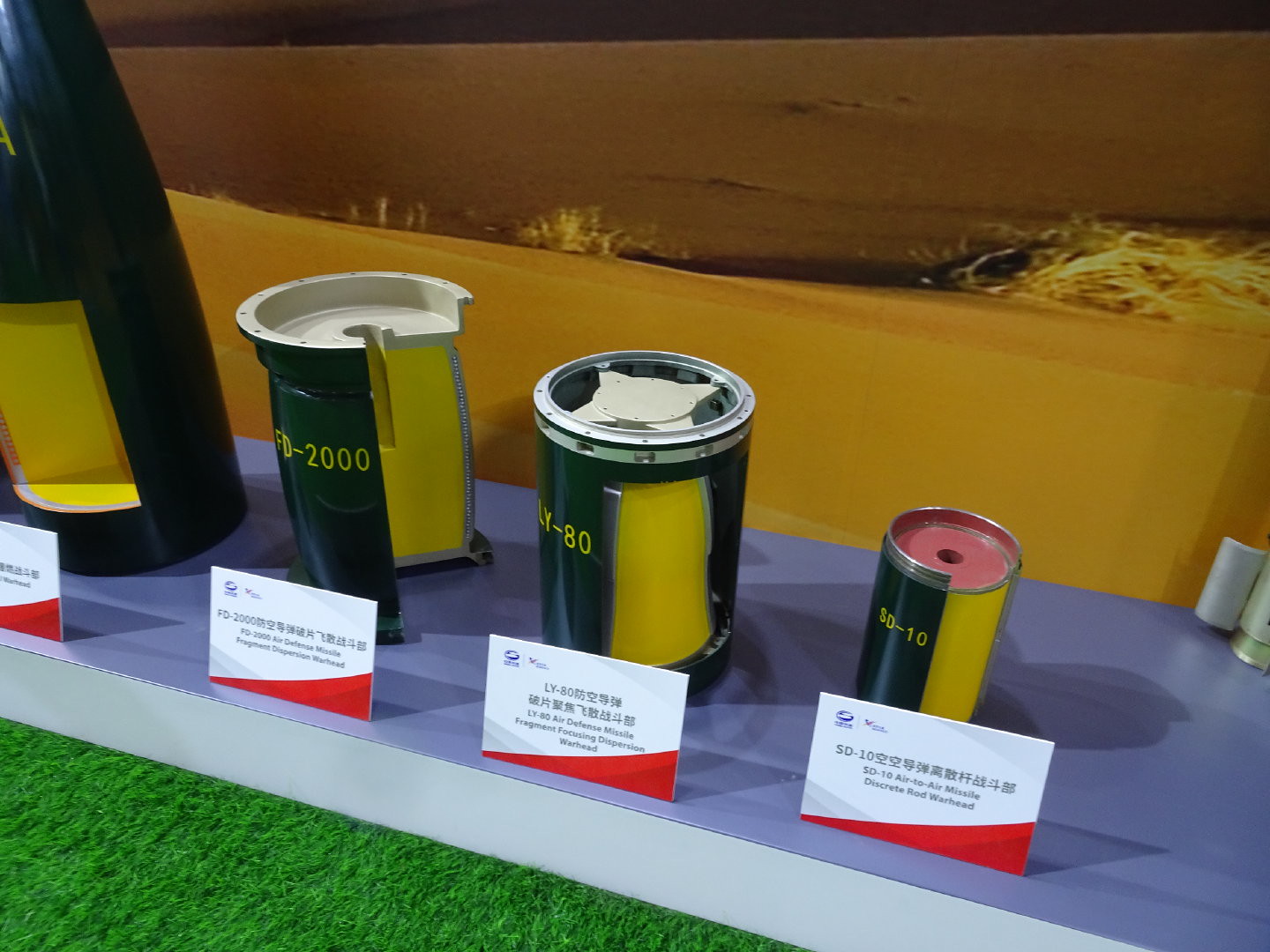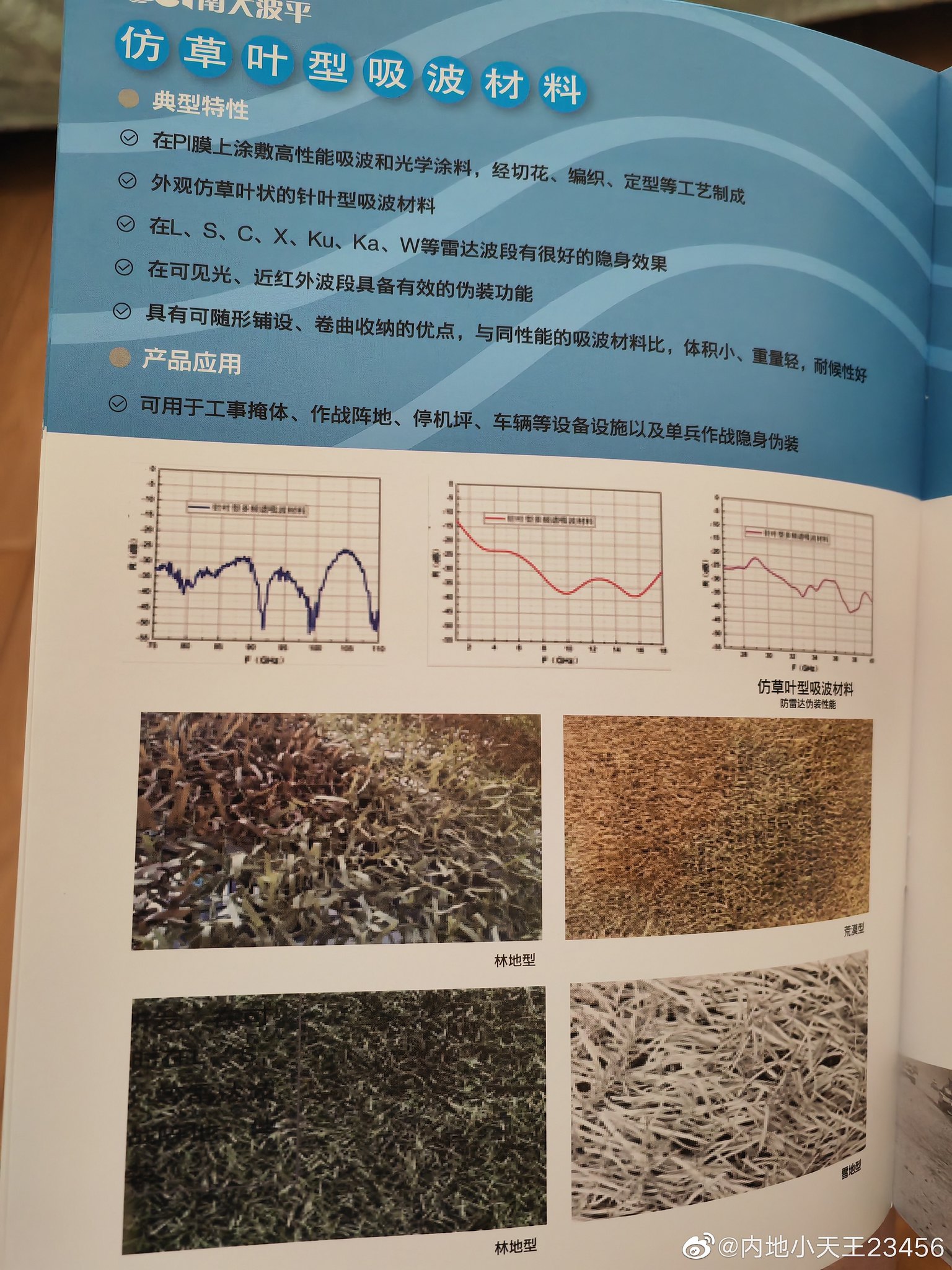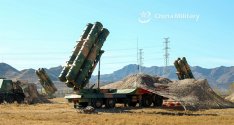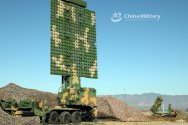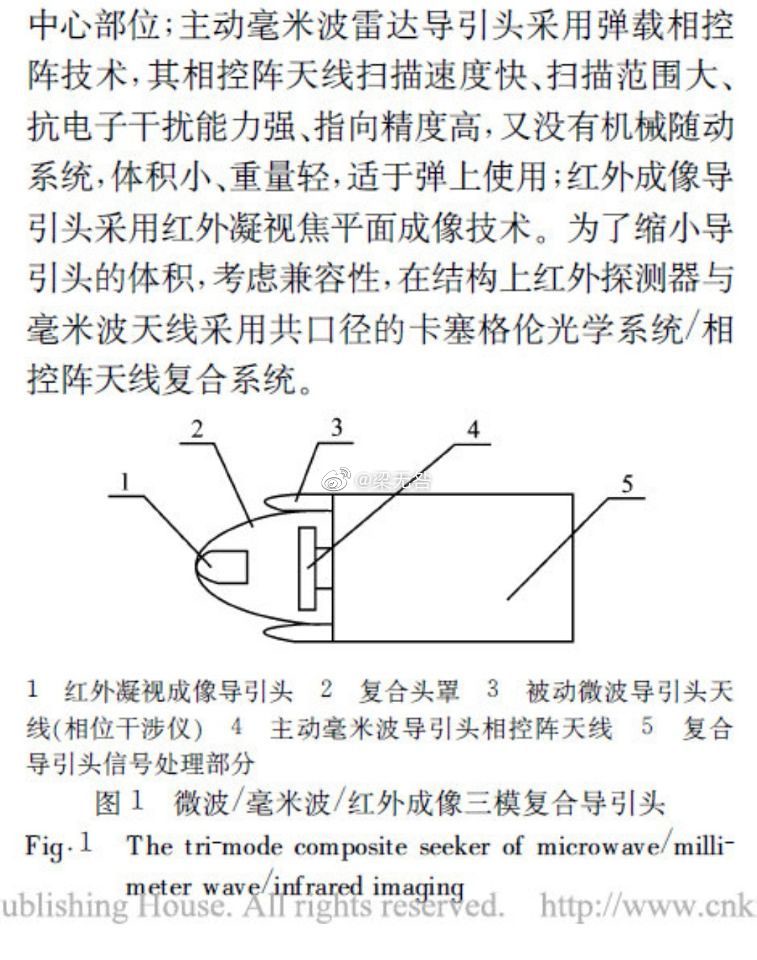antiterror13
Brigadier
Given how the HQ-16FE has a range of 160km with the same size, does this confirm what many have suspected all along? That the HQ-16 intentionally sacrifices range for higher agility than similarly ranged missiles like ESSM?
Or does it simply represent an improvement in PLA rocket and propellant technology?
I think both, also interesting how big the warhead on HQ-16FE compared to HQ-16A/B ... HQ-16x series have a relatively big warhead to have better chance to hit the target that can also apply proximity fuse

